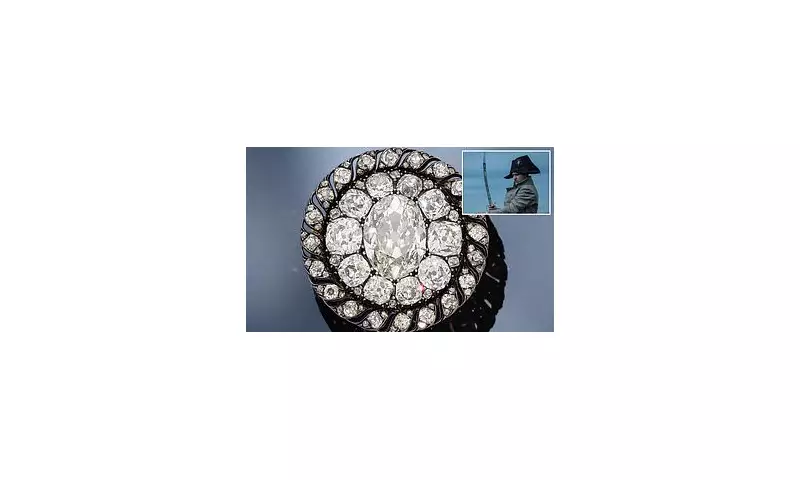
In a remarkable twist of historical fate, one of Napoleon Bonaparte's most prized personal treasures - a magnificent diamond-encrusted jewel - was discovered abandoned in his carriage following his decisive defeat at the Battle of Waterloo, creating an unexpected dilemma for his triumphant rival, the Duke of Wellington.
The Emperor's Abandoned Treasure
As French forces crumbled during the legendary 1815 battle, Napoleon was forced to make a hasty retreat, leaving behind not only his military ambitions but also a stunning piece of personal jewellery that would become one of history's most symbolic war trophies.
The exquisite piece, described by historians as a 'diamond-encrusted jewel of significant value', was recovered from the Emperor's captured carriage along with other personal effects that painted a vivid picture of his rushed departure from the battlefield.
Wellington's Uncomfortable Prize
For Arthur Wellesley, the Duke of Wellington, the discovery presented an unexpected problem. Despite his overwhelming victory over the French Emperor, the British aristocrat found himself in possession of a trophy that ultimately became a source of embarrassment rather than pride.
Historical accounts suggest that Wellington, known for his aristocratic dignity and military professionalism, felt profoundly uncomfortable with the notion of displaying what essentially amounted to another gentleman's personal property, even that of a defeated enemy.
A Symbol of Humbled Ambition
The abandoned jewel serves as a powerful metaphor for Napoleon's sudden fall from power. One moment, the Emperor commanded the largest empire in Europe; the next, he was fleeing so rapidly that even his most valuable personal possessions were left to be claimed by his adversaries.
This dramatic reversal of fortune was compounded by Wellington's reaction to the discovery. Rather than celebrating the acquisition of such a valuable trophy, the Duke appeared almost humbled by the responsibility it represented.
The Legacy of Waterloo's Lost Treasure
The story of Napoleon's diamond jewel provides a fascinating human dimension to one of history's most significant military engagements. It reminds us that behind the grand strategies and battlefield manoeuvres were individuals with personal possessions, pride, and complex emotions.
While the ultimate fate of the jewel remains part of historical speculation, its discovery and the subsequent reaction of the Duke of Wellington offers a compelling insight into the unwritten rules of aristocratic warfare in the early 19th century.
This extraordinary artifact continues to capture the imagination of historians and enthusiasts alike, serving as a tangible connection to one of the most pivotal moments in European history and the personal dramas that unfolded behind the scenes of great historical events.





